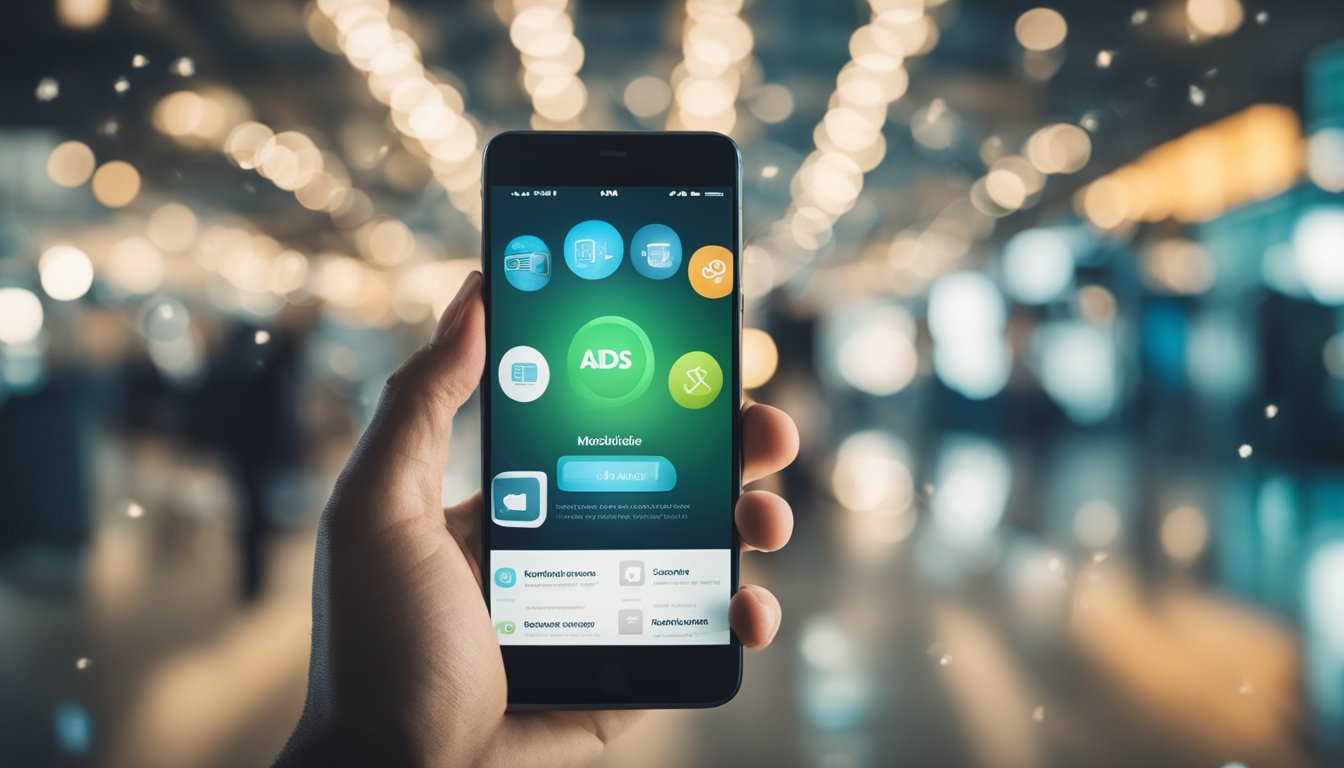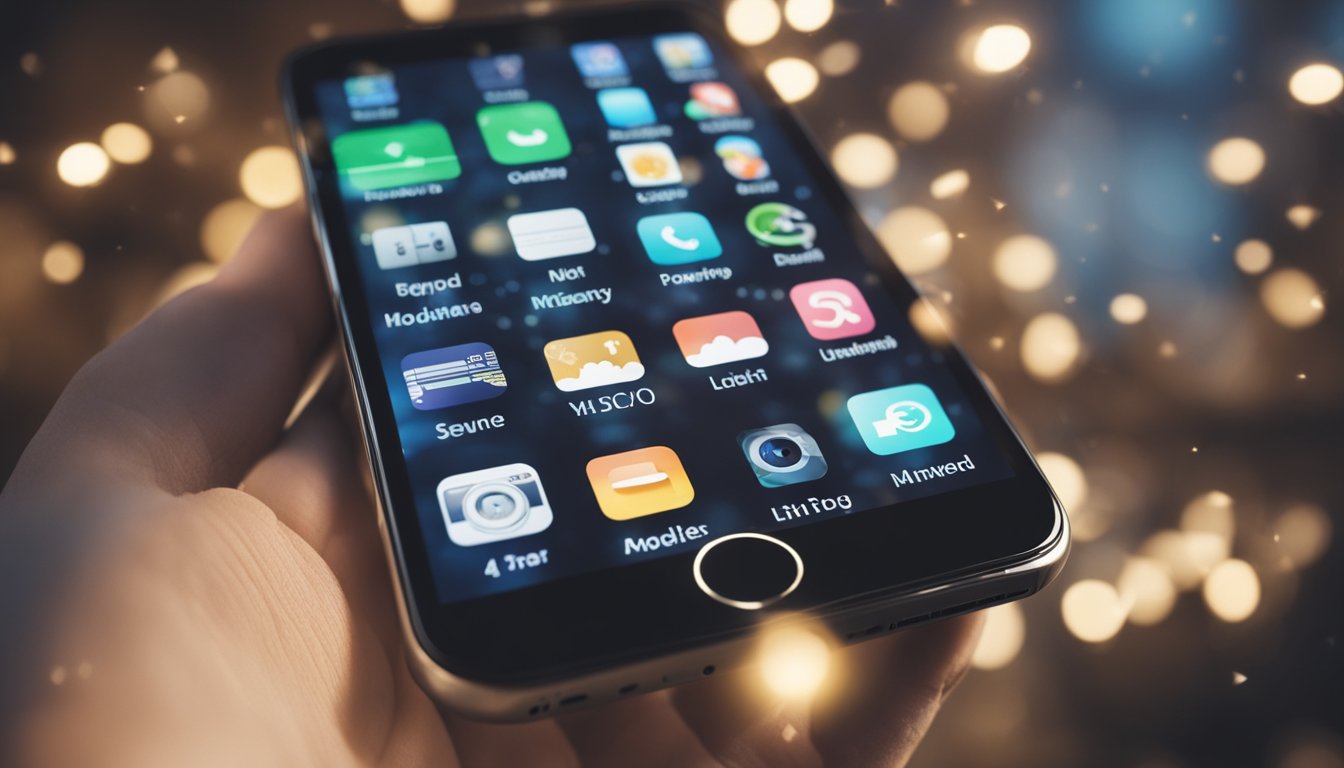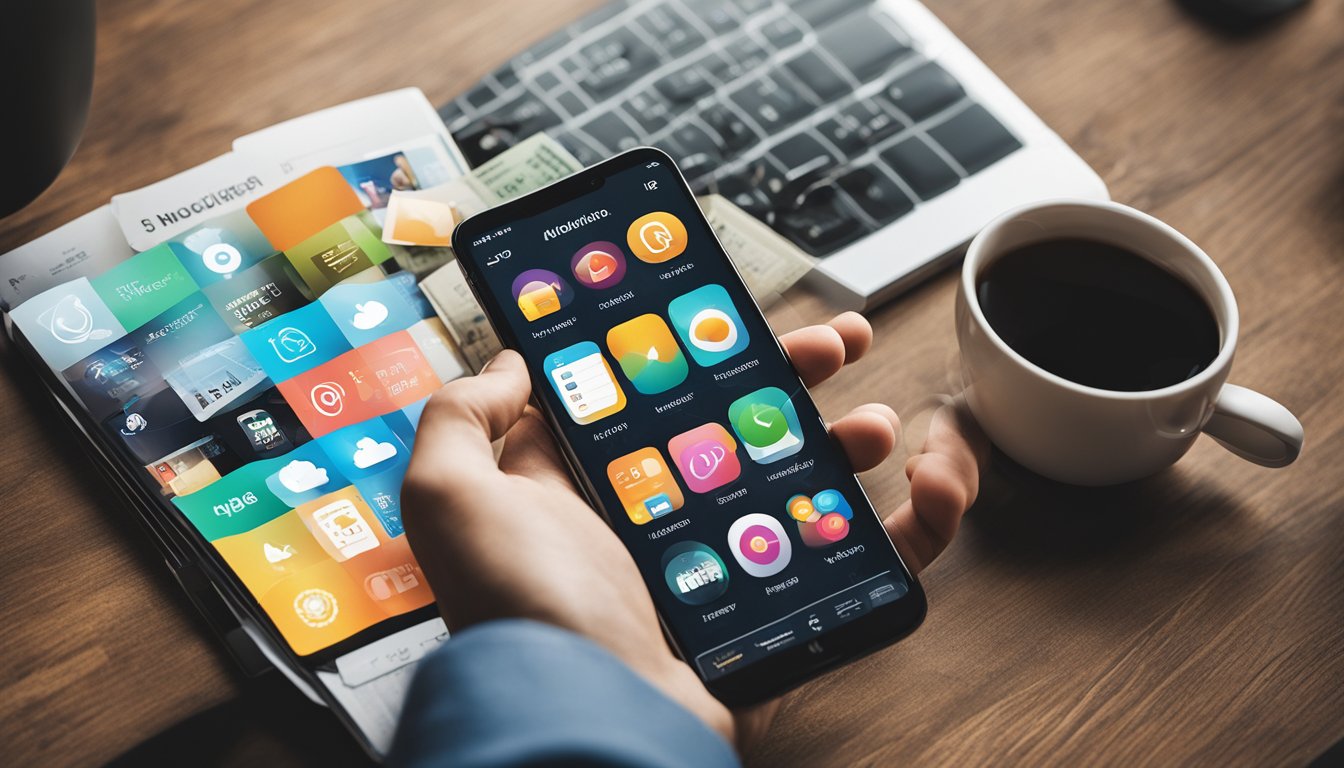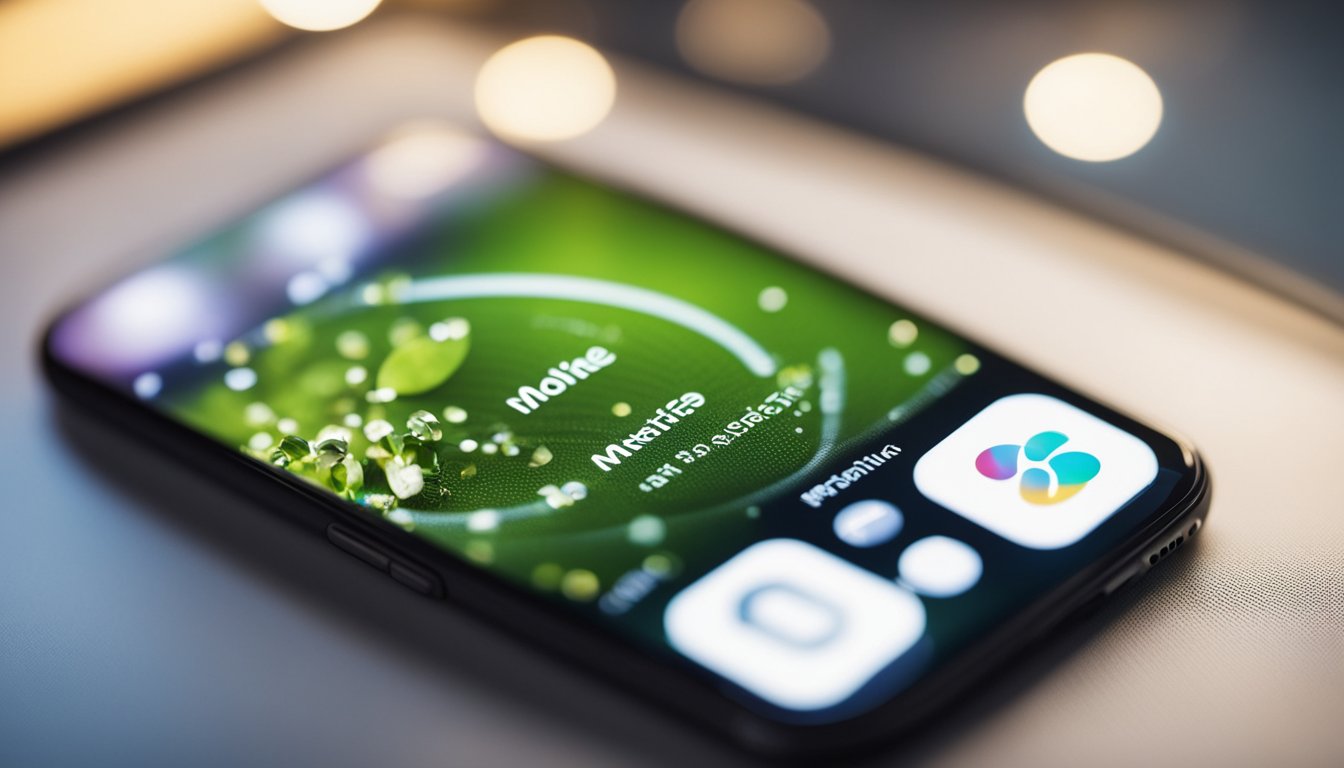Most Popular Monetization Strategies for Mobile Apps Maximizing Revenue through Effective Techniques
As an app developer or owner, you may be wondering about the most popular monetization strategies for mobile apps. With millions of apps available for download, it's crucial to have a solid monetization plan in place to generate revenue and sustain your business. In this article, I will explore some of the most effective app monetization models and strategies that app owners can implement to maximize their earnings.

Understanding App Monetization Models App monetization refers to the process of generating revenue from mobile apps. There are various app monetization models available, including in-app advertising, subscription-based models, and freemium models. The choice of the app monetization model depends on the type of app, target audience, and revenue goals.
Advertising as a Monetization Strategy One of the most popular app monetization strategies is in-app advertising. By displaying ads within the app, app owners can generate revenue based on the number of impressions or clicks. Advertisers pay to display their ads, and app owners receive a share of the revenue. However, app owners need to be careful not to overwhelm users with too many ads, which can lead to a poor user experience and decreased engagement.
Key Takeaways
- App monetization is the process of generating revenue from mobile apps.
- In-app advertising is a popular app monetization strategy.
- Subscription-based and freemium models are other effective app monetization strategies.
Understanding App Monetization Models

As a mobile app developer, it's essential to have a clear understanding of the various app monetization models available. In today's market, the most popular app monetization models include freemium, subscription, in-app purchases, and paid apps.
Freemium Model
The freemium model is a popular app monetization model that involves offering a free version of the app with basic features and charging users for premium features. Freemium apps are a great way to attract a large user base and generate revenue from users who are willing to pay for additional features.
Subscription Model
The subscription model involves charging users a monthly or yearly fee for access to premium features. This model is popular among apps that offer ongoing services such as music streaming, video streaming, and productivity tools.
In-App Purchases Model
The in-app purchases model involves offering users the ability to purchase virtual goods or services within the app. This model is popular among gaming apps and social media apps that offer virtual currencies, power-ups, and other virtual items.
Paid Apps Model
The paid apps model involves charging users a one-time fee to download and use the app. This model is popular among apps that offer unique features or functionality that users are willing to pay for.
Hybrid App Monetization
Many apps use a hybrid app monetization model that combines multiple monetization strategies to generate revenue. For example, an app may offer a free version with basic features and charge users for premium features or offer in-app purchases.
Pay Per Download
The pay per download model involves charging users a fee to download the app. This model is less popular than other app monetization models, but it can be effective for apps that offer unique or valuable features.
Pay Monthly Models
The pay monthly model involves charging users a monthly fee for access to the app. This model is popular among apps that offer ongoing services such as news subscriptions, fitness apps, and productivity tools.
Overall, it's important to choose the right app monetization model for your app based on your target audience and the features and functionality you offer. By understanding the various app monetization models available, you can choose the best strategy to generate revenue and grow your user base.
Advertising as a Monetization Strategy

As an app developer, one of the most popular ways to monetize your mobile app is through advertising. In-app advertising is an effective way to generate app revenue while keeping your app free for users.
Types of Ads
There are several types of ads you can incorporate into your app, including banner ads, native ads, interstitial ads, video ads, affiliate ads, and reward ads.
Banner ads are the most common type of ad, and they are typically displayed at the top or bottom of the screen. They can be static or animated and are usually less intrusive than other types of ads.
Native ads are designed to blend in with the app's content, making them less obtrusive and more engaging for users. They can be in the form of articles, videos, or other types of content.
Interstitial ads are full-screen ads that appear at natural break points in the app's flow, such as between levels of a game. They can be more effective than banner ads in terms of click-through rates (CTR) and impressions.
Video ads are a popular type of ad that can be displayed before, during, or after the app's content. They can be skippable or non-skippable and can provide higher revenue than other types of ads.
Affiliate ads are a type of ad where you earn a commission for promoting someone else's product or service. This can be an effective way to monetize your app if you have a large user base.
Reward ads are ads that offer users an incentive, such as in-app currency or extra lives in a game, in exchange for watching an ad. This can be an effective way to increase engagement and revenue.
Best Practices for Mobile Advertising
When incorporating ads into your app, it's important to follow best practices to ensure a positive user experience and maximize revenue.
Avoid banner blindness by placing ads in areas where users are more likely to engage with them, such as near buttons or at natural break points in the app's flow.
Choose the right ad format for your app and audience. For example, if your app is geared towards gaming, reward ads may be more effective than banner ads.
Focus on user experience by limiting the number of ads displayed and ensuring they do not disrupt the app's flow or functionality.
Track metrics such as clicks, impressions, CTR, and cost per mille (CPM) rates to optimize ad performance and revenue.
Consider using an ad network such as AdMob to help manage your app's advertising and maximize revenue.
Overall, advertising can be an effective way to monetize your mobile app while keeping it free for users. By incorporating different types of ads and following best practices, you can generate revenue and provide a positive user experience.
Exploring Subscription and Freemium Models

When it comes to monetizing mobile applications, two of the most popular models are the subscription model and the freemium model. Both models have their respective advantages and disadvantages, and it is up to the app developer to choose which one is more suitable for their app.
Subscription Model
The subscription model is a monetization strategy where users pay a recurring fee to access premium features or content. This model is commonly used for apps that offer ongoing value to users, such as news or entertainment apps, productivity apps, and health and fitness apps.
One of the main advantages of the subscription model is that it provides a predictable and steady stream of revenue for the app developer. Additionally, it allows developers to offer a free trial period to entice users to subscribe. Another benefit is that it encourages app developers to continuously improve their app and add new features to keep users engaged and subscribed.
However, there are also some drawbacks to the subscription model. One of the biggest challenges is convincing users to pay for something that they can get for free elsewhere. Additionally, subscription fatigue is a real concern, with many users already subscribed to multiple services.
Freemium Model
The freemium model is a monetization strategy where the app is free to download and use, but users can pay for premium features or content. This model is commonly used for gaming apps, where users can purchase in-app currency or unlock premium features to enhance their gameplay experience.
One of the main advantages of the freemium model is that it allows app developers to reach a wider audience. By offering a free version of the app, more users are likely to download and try it out. Additionally, the freemium model can be a great way to build brand loyalty and encourage users to upgrade to a premium subscription.
However, there are also some drawbacks to the freemium model. One of the biggest challenges is finding the right balance between free and premium features. If the app is too limited in its free version, users may not see the value in upgrading. On the other hand, if the app is too generous with its free features, users may not see the need to upgrade.
In conclusion, both the subscription model and the freemium model can be effective ways to monetize mobile apps. It is important for app developers to carefully consider their target audience and the value proposition of their app before deciding which model to use. By understanding the pros and cons of each model, app developers can make an informed decision that maximizes revenue while providing value to users.
Other Monetization Strategies and Considerations

When it comes to monetizing mobile apps, there are several other strategies and considerations to keep in mind beyond the traditional methods of in-app purchases, subscriptions, and ads.
Data Monetization
One approach that is gaining traction is data monetization. This involves collecting user data and selling it to third-party companies. While this may be a controversial strategy, it can be a lucrative revenue stream for app developers. However, it is important to be transparent with users about what data is being collected and how it is being used.
Merchandise and Ecommerce
Another option is to offer merchandise and ecommerce within the app. This can include physical products or digital goods such as virtual items or in-game currency. This strategy can be especially effective for apps that already have a strong user base and community.
When implementing ecommerce within an app, it is important to consider factors such as transaction fees, currency conversion, and app store guidelines. For example, Google Play and the Apple App Store both have specific rules and requirements for in-app purchases and ecommerce.
Overall, there are many different revenue streams and monetization strategies available for mobile app developers. By considering factors such as user data, ecommerce, and app store guidelines, developers can find the approach that works best for their app and their audience.
Frequently Asked Questions

What are some common monetization strategies for mobile apps?
There are several common monetization strategies for mobile apps, including in-app purchases, subscriptions, paid apps, and advertising. In-app purchases allow users to buy additional features or content within the app. Subscriptions offer users exclusive content or features for a recurring fee. Paid apps require users to pay upfront to download the app. Advertising involves displaying ads within the app to generate revenue.
How can I monetize my app without using ads?
If you want to monetize your app without using ads, you can consider offering in-app purchases or subscriptions. You can also offer a free trial period for users to try out the app before requiring payment. Another option is to partner with other businesses or apps to offer discounts or promotions to users.
Which app monetization models are most effective?
The most effective app monetization models depend on the type of app and its target audience. In general, in-app purchases and subscriptions tend to be effective for apps that offer premium content or features. Advertising can be effective for apps with a large user base or high engagement. Paid apps can be effective for apps with a loyal following or a niche audience.
What are the requirements for app monetization?
The requirements for app monetization vary depending on the platform. For example, Apple's App Store requires developers to pay an annual fee and follow strict guidelines for in-app purchases and subscriptions. Google Play also has guidelines and fees for app monetization. It's important to review the guidelines and requirements for each platform before implementing monetization strategies.
What are some examples of successful app monetization strategies?
Some examples of successful app monetization strategies include Candy Crush's in-app purchases, Netflix's subscription model, and Headspace's paid app model. These apps offer users premium content or features that are worth paying for. Another example is Uber's partnership with other businesses to offer discounts and promotions to users.
What are the best apps to use for monetization?
The best apps to use for monetization depend on the type of app and its target audience. In general, apps with a large user base or high engagement are good candidates for advertising. Apps with premium content or features are good candidates for in-app purchases or subscriptions. Paid apps are good candidates for loyal followings or niche audiences.

We are committed to delivering a new level of automation that will help organizations save time, money, and staffing resources.
 WRITE FOR US!
WRITE FOR US!
